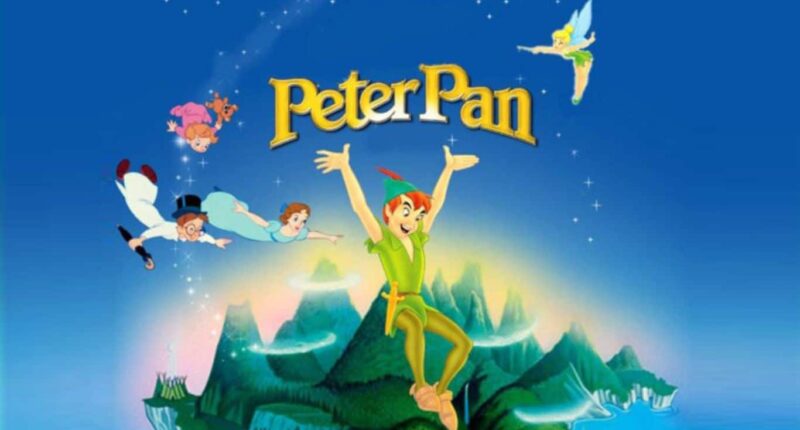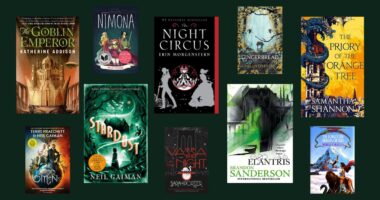James Matthew Barrie and His Greatest Work of Fiction: Sir James Matthew Barrie (May 9, 1860 – June 19, 1937) was a Scottish playwright and novelist. Some of his best works are The Little White Bird, The Admirable Crichton, and Peter Pan. Barrie’s brother David died when he was just 6-years-old. Barrie and his mother found comfort in storybooks by Walter Scott, Robinson Crusoe, and The Pilgrim’s Process. J.M. Barrie was made a baronet on June 14, 1913, by George V. He served as the Chancellor of Edinburgh University from 1930-to 1937.
Barrie’s tragic childhood in particular gave him the ability to comprehend the development of child mental health from a very young age, and it led to some of his best works. He is renowned as the creator of Peter Pan. It overshadowed his other plays and writings. Peter Pan is a story that continues to fascinate and encourage us, and it never gets old just like the character of Peter. It is unquestionably a timeless classic with hope and passion in the heart. The story has a distressing reminder of the quick passing of youth and innocence. There will never be a world more magical than Neverland. Let’s read about James Matthew Barrie and his greatest work of fiction ‘Peter Pan’.

About
Peter Pan; or the Boy Who Wouldn’t Grow Up is the greatest work of James Matthew Barrie. It was published as a novel in 1911 and in the form of a play in 1904. The friendship between Barrie and the Llewelyn Davies family inspired the story of Peter Pan. Barrie created Peter Pan in stories he used to narrate to the sons of Sylvia Llewelyn Davies.
It is the story of a mischievous yet innocent boy named Peter Pan. He can fly. He has several adventures on the island of Neverland. It embroils other popular characters such as Wendy, Tinker Bell, Captain Hook, and the Lost Boys – these characters along with the protagonist undoubtedly made Peter Pan one of the most popular children’s classics.
Background
J.M. Barrie created Peter Pan through stories he narrated to the sons of his friend Sylvia Llewelyn Davies. Mrs. Llewelyn Davies died of cancer after a few years of her husband’s demise. Barrie was co-guardian of their sons and he unofficially adopted them. The character’s name is derived from two sources: Peter Llewelyn Davies is the name of one of the boys, and Pan is the playful Greek god of the woodlands. According to Andrew Birkin, the inspiration for Peter Pan came from Barrie’s elder brother David. His demise at the age of 14 in a skating accident profoundly impinged on their mother.

Insightful Themes
The story deals with several significant themes. The subtitle of the play “The Boy Who Wouldn’t Grow Up” suggests the combat between childhood innocence and adult responsibilities. In the play, Peter is adamant about not growing up and he inspires other kids to do the same. However, the opening line contradicts his wish “All children, except one, grow up”. Moreover, the conclusion of the story demonstrates how unrealistic this wish is and there is a component of tragedy present in the alternative.
J.M. Barrie was insightful in observing several aspects of children’s mental development decades before they were studied by scholars and cognitive psychologists. His character Peter is amnesic, callous and impulsive. He lacks the mental capacity for secondary mental representation, cannot recall the past, considers two points at once, anticipates the future and sees things from someone else’s perspective.
Most Disney films exclude any romantic aspect between Peter and Wendy. But Barrie’s 1904 original, 1911 novelization, 1924 and 2003 feature film, and the 1954 Mary Martin Musical all hint at the romantic elements present in the story. The relationship of Peter with other women or female characters in the story and his competition with Captain Hook is symbolic of a popular Freudian interpretation, the Oedipus complex.
Also Read: 8 Communication Skills to Learn



